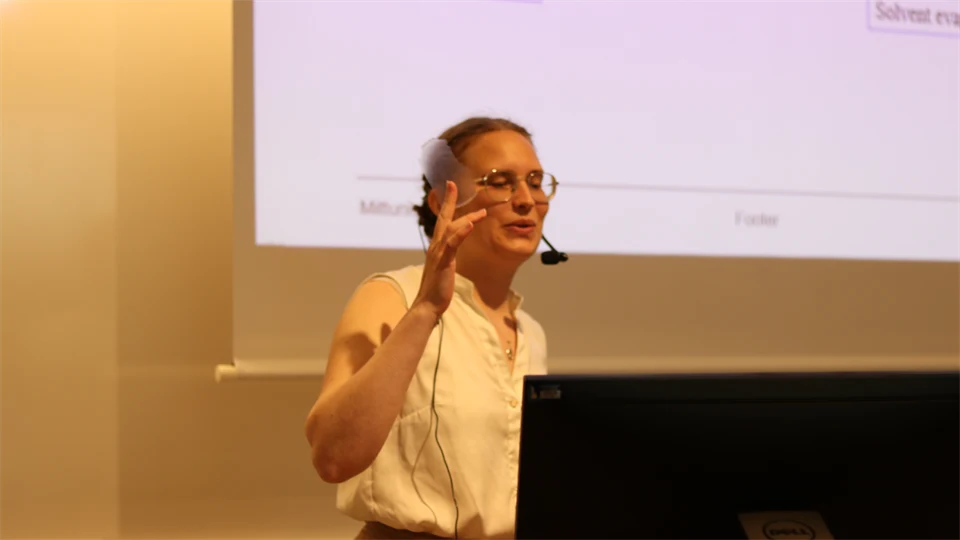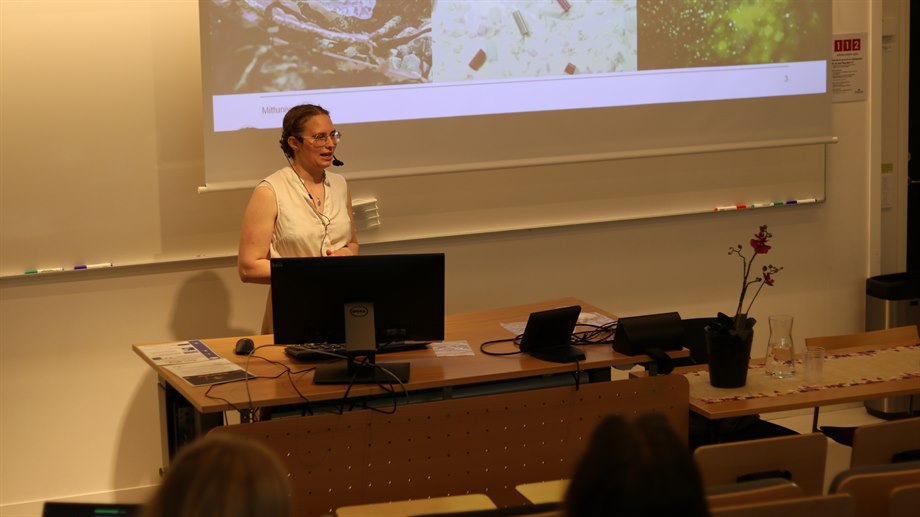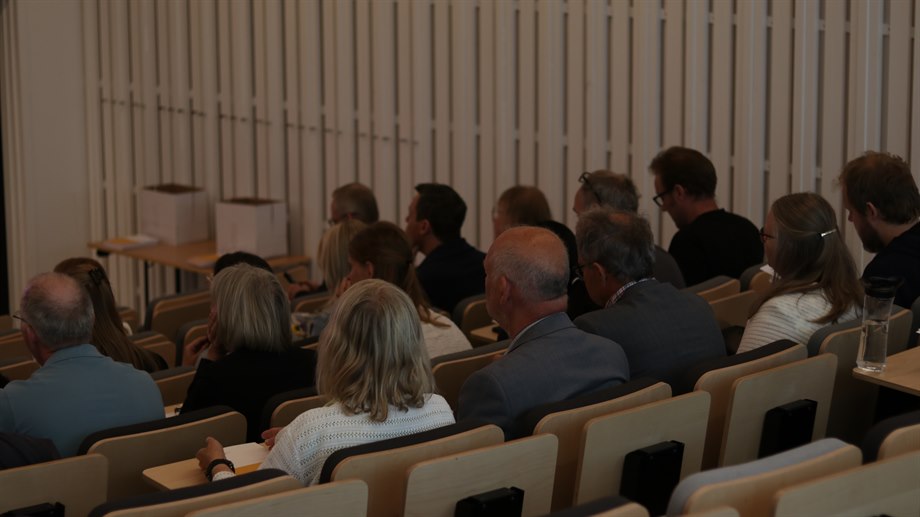av
Licentiate seminar with Malin Nejström
Today, Malin Nejström presented her licentiate thesis in Chemical Engineering and she passed! Congratulations Malin!
Title of the Licentiate Thesis
Structural Impacts on Some Physical Properties of Cellulose-Based Films
Abstract
Cellulose is a natural material that can be used both as itself and as a building
block for new other kinds of materials. This work focuses on regenerated
cellulose (RC), also known as cellulose II, and cellulose acetate butyrate (CAB),
where cellulose is the backbone with the hydroxyl groups substituted for ester
groups. Both regenerated cellulose and cellulose acetate butyrate are in this
work formed as thin films, via dissolvement, and analysed with respect to
structural and morphological phenomena as well as material properties.
This work strives to understand the structure of cellulose-based films, the
fundamental principles about the material and how those affect the material
properties. The work examines the effect of the polarity of the regeneration
liquid on the crystallinity and other material properties of dried regenerated
cellulose films (Paper I). The work also investigates the variation in degree of
substitution of butyrate and the variation in molecular weight of
commercially available cellulose acetate butyrate and how that can affect the
structural order of a solvent casted film to the degree that a measurable
change in material properties can be observed (Paper II). This is done with
structural analysis such as solid state nuclear magnetic resonance (ss-NMR),
x-ray diffraction (XRD), and temperature modulated differential scanning
calorimetry (TOPEM DSC), on RC and CAB films. Cellulose pulp was
dissolved in cold aqueous alkali-urea solution and regenerated in either
ethanol, normal-propanol, methyl acetate, or ethyl formate to form RC-films.
Different variations of commercially available CAB were dissolved in acetone
and solvent-casted to form CAB films. An interesting term “Film formability”
was used in this work to determine the practical film properties (related to the
ease of handling of a film) with subjective observations.
Both the regenerated cellulose and the cellulose ester films were
transparent, with some variations. The CAB films were more fragile than the
RC films, even when the CAB films were almost triple in thickness. The RC
films could be bent, even as far as sharply folded, whereas the CAB films were
only slightly bendable before they snapped.
The crystallinity of the RC film varied with the regeneration liquid and an
increase in crystallinity was observed in this order: EtOH<n-
PrOH<MeAc<EtFm. By steering the crystallinity of the RC films, some
material properties could be varied accordingly, and with that the assets of
the material can be predicted and used to its fullest. For the CAB films both
the crystallinity and the macrostructural order of the films increased with
increasing molecular weight and increasing number of hydroxyl groups along
the backbone, and the order in the films could be tailored accordingly,
although less clearly than for the RC films.
By using cellulose-based polymers in a film-making processes, the ease of
which the material is handled could be investigated, and valuable information
for product development could be found. This thesis tries to eliminate the lack
of knowledge of the property variations caused by structural elements, as one
work that collectively together with others build knowledge that can evolve
new innovations and innovative ideas further.
Main supervisor
Professor Magnus Norgren, Mid Sweden University
Co-supervisors
Professor Håkan Edlund, Mid Sweden University
Researcher Ida Svanedal, Mid Sweden University
Opponent
Associate professor Lars Evenäs, Chalmers




